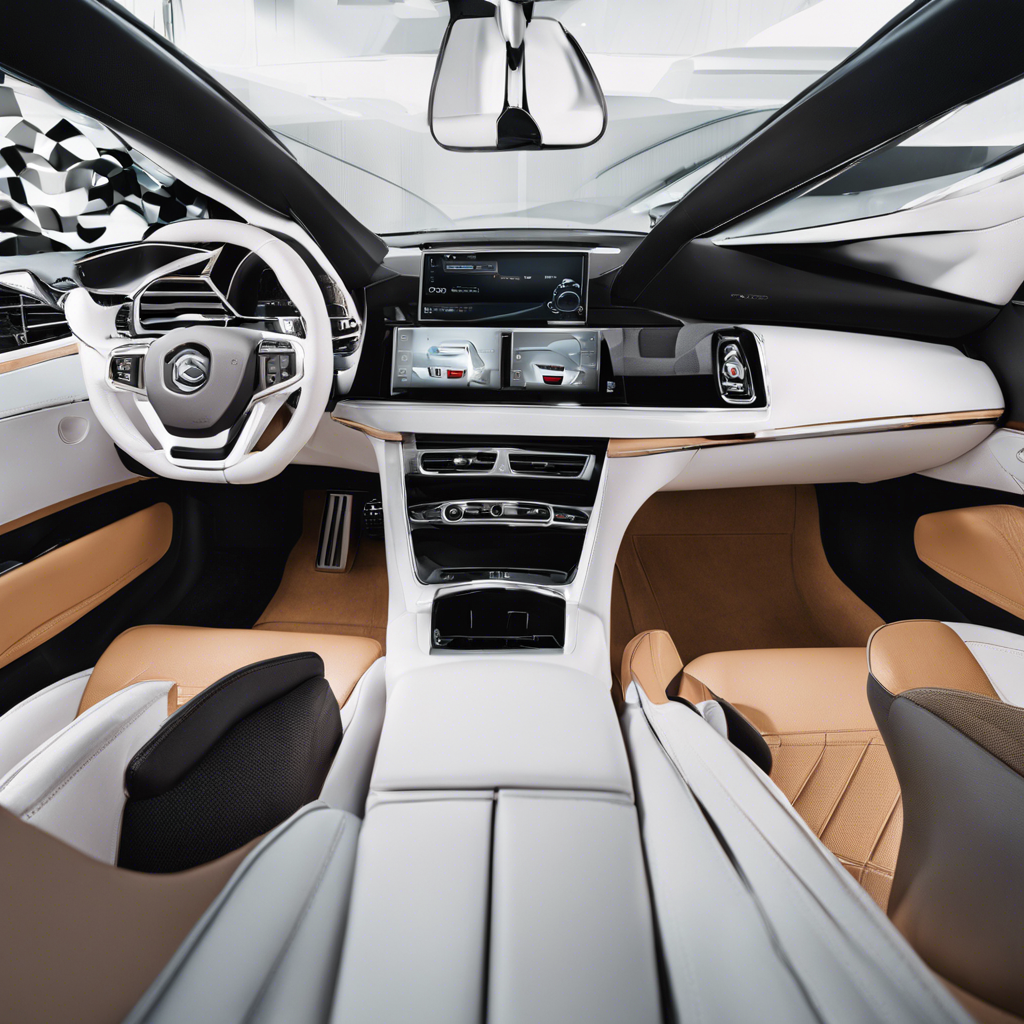The role of digital marketing in the automotive sector

Digital marketing revolutionizes the automotive industry, transforming how brands engage customers and drive sales.
The automotive sector has undergone a significant transformation in recent years, shifting from traditional forms of marketing to embracing the power of digital channels. This shift is not unique to the industry, as many businesses across various sectors have recognized the immense potential of digital marketing to reach and engage customers effectively. In the automotive world, this evolution is particularly notable, as brands aim to capture the attention of tech-savvy consumers who increasingly turn to online platforms for information and reviews before making purchase decisions.
With a strong online presence becoming a necessity for automotive brands, digital marketing has emerged as a critical tool to not only showcase product offerings but also to build relationships with customers, provide valuable content, and ultimately drive sales. This article explores the multifaceted role of digital marketing in the automotive sector, highlighting strategies, benefits, and real-world examples of successful digital campaigns.
Strategies for effective digital marketing in the automotive industry
Online Presence and Website Optimization
A robust online presence is fundamental for automotive brands to connect with their customers. This starts with a user-friendly website optimized for search engines and mobile devices. The website should be the digital hub for all information about the brand and its products, including vehicle specifications, pricing, financing options, and dealership locations. Implementing SEO (search engine optimization) techniques ensures that the website ranks well on search engine result pages, increasing visibility and organic traffic.
Content Marketing and Storytelling
Creating engaging content is essential to capturing the attention of potential buyers. This content can take various forms, including blog posts, articles, videos, infographics, and interactive tools. Storytelling can be a powerful way to showcase the brand’s personality and values. For example, sharing customer testimonials, highlighting the brand’s history and heritage, or featuring innovative technologies can all contribute to building an emotional connection with the audience. Mini’s content marketing strategy is a testament to the power of storytelling, as it engages customers with interactive content and unique experiences.
Leveraging Social Media and Influencer Marketing
Social media platforms are essential for automotive brands to reach and engage with their target audience. Platforms like Instagram, Facebook, and Twitter offer opportunities to showcase products, share customer experiences, and build a community of brand advocates. Content can include vehicle launches, behind-the-scenes footage, and user-generated content. Influencer marketing can also be a powerful tool, leveraging the reach and credibility of influencers to promote products and events.
Influencer Marketing Case Study
A great example of successful influencer marketing in the automotive sector is Tesla’s collaboration with popular YouTubers. The company provided vehicles to these influencers, who then created content showcasing their experiences with the cars. This strategy not only generated buzz around the brand but also led to increased sales, demonstrating the power of influencer marketing in the industry.
Personalized Digital Experiences and Targeted Advertising
Personalization and Customer Engagement
Personalization is key to creating a memorable customer journey. Digital marketing allows for tailored experiences based on customer preferences and behaviors. This can include personalized website content, targeted email campaigns, and customized offers. For example, recommending specific vehicle models or features based on a customer’s previous interactions can enhance the user experience and increase the likelihood of a purchase.
Retargeting and Ad Optimization
Digital marketing enables automotive brands to retarget customers who have shown interest in their products. Retargeting ads can be displayed across various websites, keeping the brand top of mind. Ad optimization techniques, such as A/B testing and real-time bidding, can further enhance the effectiveness of digital advertising campaigns, ensuring that the right message reaches the right audience at the right time.
Measuring Success and Future Trends
Analytics and Performance Measurement
Digital marketing provides automotive brands with valuable insights through analytics tools. These tools allow brands to track website traffic, conversion rates, and customer engagement metrics. By analyzing this data, marketers can optimize campaigns, identify areas for improvement, and make data-driven decisions. Understanding which channels and strategies are most effective is crucial for continuous improvement.
Emerging Trends: AR, VR, and AI
Looking ahead, the automotive sector can expect to see more innovative digital marketing trends. Augmented Reality (AR) and Virtual Reality (VR) technologies are already being used to create immersive experiences, allowing customers to virtually explore vehicles and their features. Additionally, Artificial Intelligence (AI) is being leveraged for personalized recommendations and chatbot interactions. These trends will further revolutionize how automotive brands engage and interact with customers.
Frequently Asked Questions
How can automotive brands ensure their digital marketing strategies are GDPR compliant?
Automotive brands operating in the European Union or targeting EU citizens must adhere to the General Data Protection Regulation (GDPR). This involves obtaining clear consent for data collection, providing easy opt-out mechanisms, and ensuring secure data storage. Digital marketing strategies should be designed with privacy in mind, and brands should regularly review and update their practices to maintain compliance.
What role does email marketing play in the automotive sector, and how can brands ensure their emails are opened and read?
Email marketing remains a powerful tool in the automotive industry, allowing brands to nurture leads, send targeted offers, and provide valuable content. To increase open rates, subject lines should be compelling and personalized, and emails should offer relevant, timely information. Incorporating interactive content and providing exclusive offers can also encourage engagement.
How can automotive brands use digital marketing to enhance the customer experience in the post-purchase phase?
Digital marketing can effectively engage customers post-purchase by providing valuable content and support. This can include maintenance tips, vehicle upgrade suggestions, and exclusive loyalty offers. Additionally, brands can encourage customers to share their experiences with user-generated content campaigns, fostering a sense of community.
Conclusion
Digital marketing has transformed the automotive industry, providing brands with powerful tools to engage customers, build relationships, and drive sales. From website optimization and content creation to social media and influencer marketing, a well-structured digital strategy is crucial for success. By leveraging technology, personalized experiences, and data-driven insights, automotive brands can effectively navigate the digital landscape and stay ahead of the competition.
External Links and Recommended Anchor Text:
1. Mini’s Content-Driven Journey
2. Tesla’s Social Media Success
3. AI in the Automotive Industry
